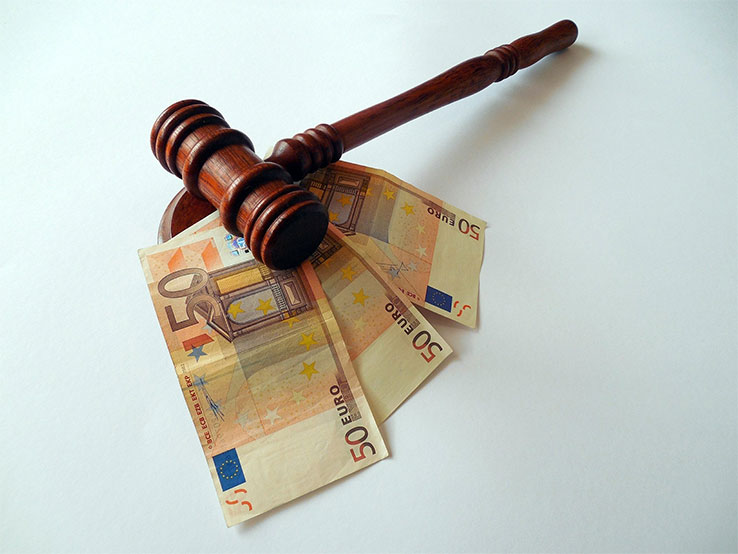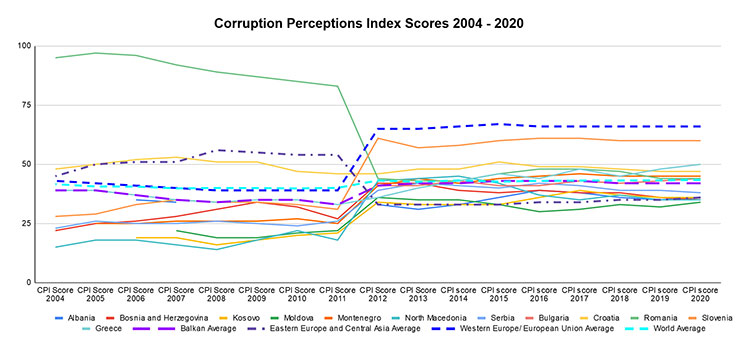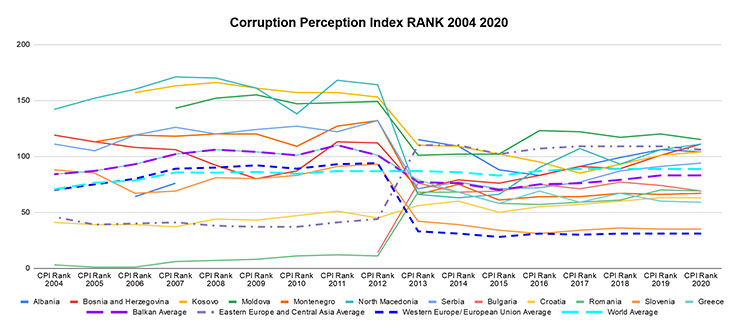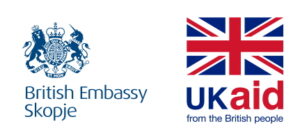Jason Deegan and Felix Amelung
 With corruption we should worry less on how we fare against the neighbours and focus instead on how to ensure the necessary infrastructure by way of institutions is put in place to actually investigate incidents of corruption.
With corruption we should worry less on how we fare against the neighbours and focus instead on how to ensure the necessary infrastructure by way of institutions is put in place to actually investigate incidents of corruption.
Corruption is certainly a well-researched topic and its effect on economic development is generally regarded as quite negative. However, this focus on corruption can often fall against the rocks of poor counting, or perhaps more accurately the difficulty in measuring such an opaque interaction. While it perhaps may appear rationale and intuitive that one can look at league tables of countries around the world on scales of corruption, and assume that comparisons can be undertaken with considerable ease, sadly, as with most things, the reality is a good deal more complex.
Far away from the widespread media focus on the prevalence of pervasive corruption in the Balkans, which tends to worry about worsening scores in the commonly used measure of corruption, Corruption Perceptions Index (CPI) (released by Berlin-based Transparency International) there is not a strong emphasis placed on the CPI in higher-level decisions at the governmental level. This is highlighted by response to an MEP’s question on behalf of the European commission that they conduct their own ‘independent assessments’ on corruption within accession countries.
While the methodology certainly has its drawbacks (which I’ve covered in greater detail here) it certainly was decisive in the EU enlargement process when the worsening scores were referred to within the European Parliament, signalling a need to put the brakes on the accession process of some Balkan states. The European Commission, of course, bases their decisions on ‘independent assessments’ in annual progress reports, but the general public and the media focus heavily on this measure when they await every year the new scores by TI.
This poses a question, what is the use of such a measure other than creating momentum, and when should we err on the side of caution with our interpretation of its results?
Firstly, one can only praise the CPI for how much attention it has created towards the issue of corruption, especially in the 1990s and 2000s, when before, corruption was completely under researched and barely addressed with policies.
The CPI was built to provide us with a measure of corruption over time. In this tradition we will have a quick insight into what we can see in the Balkans over the past 16 years. As with most things, we often must zoom out to see what the story is. Here particularly, we should watch out for big yearly changes as they give reason for scepticism regarding the true extent of corruption. Keep in mind that corruption as a cultural phenomenon needs time to change, such as the case which can be seen in Slovenia in recent years (as also shown in figure 1 below and discussed further here).
 Source: europeanwesternbalkans.com
Source: europeanwesternbalkans.com
So let’s look at how performance of a number of Balkan countries looks in the context of Europe and internationally. In figure one below, we have provided an insight into how the score a country receives each year since 2004 has changed. A couple of things become apparent.
Firstly, the methodology changed (with a change in how sources were weighted, and data used from one year, allowing comparisons across years) in 2012 and that appears to have benefitted some regions (specifically Western Europe/European Union) and disadvantaged others (e.g. Eastern Europe and Central Asia). This, sadly, can’t have helped dispel concerns over ‘Western bias’ within the CPI. But let’s take the generous view and assume that the methodology change improved the performance of the metric.
That doesn’t stack up with the common narrative though, where the Balkan states are bashed in their battle to come to terms with corruption and, thus, were prevented from ascending to the EU. The leap of Western Europe and the EU seems to have made the minor improvements which have taken place in the Balkans look bad by comparison. Post-2012, there has been a seemingly stagnant development. The difference appears in the marginal leap taken within the EU vs the Balkan average during the period 2011-2012, which can only be seen through the lens of the methodology change (which we explain earlier) of that year, and as such, should come with large and loud warning signs for our interpretation of changes.
 Слика 1 - Резултати од ИПК
Слика 1 - Резултати од ИПК
This disunity behind the common narrative becomes a bit clearer when we look at figure 2, showing the relative rank of countries on the league table of corruption. There is undeniably a worrying trend in recent years, but can we really look at such plots and think ‘well, things are undeniably better than they were in the corrupt times of 2000s’? Or are we reading the wrong things into the right graph for another question?

The answer is unsurprisingly, yes, we are. The question is not whether corruption can really be understood as a variable which changes year by year, or even can be compared across countries, which is certainly worth a debate. The real question is whether such measures hinder us in actually dealing with the root causes of the problem. The answer is yes. It’s possible that the CPI reinforces the wrong narratives with statements that media outlets make from it and thus it is actually blinding us to the reality of corruption. An example is this “Bosnia and Herzegovina and North Macedonia again ranked worst in the Western Balkans, with 35 points out of 100 and sharing the 111th place in the list of 180 countries. North Macedonia declined five places, down from 106th last year, while Bosnia and Hercegovina declined faster, by 10 places, from 101th place last year.” – Balkan insight. For both countries the quote reads very negative, yet the trend over a longer period of time is clearly positive.
The absurdity of comparing countries’ corruption scores like in a football league table doesn’t tell us much. Apart from maybe validating some beliefs and challenging others. We don’t come away from such a reading of tables with any deeper understanding of corruption in neither Macedonia or Bosnia Herzegovina, nor the countries we compare it to. Such a superficial reading can in fact be counter-productive by undermining support for reforms which may over a long period have an impact on actual corruption rather than just the perceptions of corruption, and as such not receive the necessary time to have a full effect. Not to mention the real-world impact such poor ‘scores’ and ‘ranks’ have on such important macro-economic indicators as for example foreign direct investment.
This is indeed bad news. So if the widely used metric isn’t so helpful after all, what should we use instead?
Where to from here – tackling Balkan corruption.
How instead should we look at Balkan corruption, should we discount the importance of such metrics for the quantification of corruption, should we seek a more thorough and far reaching analysis on corruption preponderance into the Balkans, how would this look? And which actors need to be studied? Can we use any other proxy measures to tell the story of Balkan corruption? If so, what are they?
Firstly, it would be helpful to look one level down and instead of trying to measure corruption, observe the factors that influence the prevalence of corruption, much like the EU does in its annual reports as part of the ascension negotiations. For this a resource-constraint model can help us understand better how corruption develops in each of the countries by looking at the factors facilitating a corrupt environment, this model can help us go away from measuring corruption and instead focuses on factors which can help us deal with the underlying causes of corruption. We can understand resources as opportunities for office holders to extract rents from the state and constraints as mechanisms and institutions to prevent office holders from doing so. Some constraints commonly used in the literature are rule of law, media freedom, access to internet or Facebook but also the strength of civil society. The beauty of these factors is that they can all be influenced by human actors and thus it’s easier to design policy interventions around them.
While the EU in its ascension process certainly puts a weight on each of these factors, the public often gets lost in the attempt to find a unique number to measure corruption levels and compare this metric across countries. If, like in the case of the Balkans, the CPI shows an upwards trend in reducing corruption and at the same time countries are bashed for their prevalent corruption levels to an extent where ascension talks are postponed. It’s clear that the media focus on the CPI (to the detriment of other measures/approaches such as is used within the Integrity Index, or an alternative conceptualisation of how an accountable society should work) is not helpful.
Secondly, we should be less concerned with the competitive angle of measuring corruption and should think of corruption like most other crime, in that we often equip police departments, courts and public prosecutors with the aim to investigate and deal with crimes. Similarly with corruption we should worry less on how we fare against the neighbours and focus instead on how to ensure the necessary infrastructure by way of institutions is put in place to actually investigate incidents of corruption. This takes the shape of equipping and supporting those institutions to take a proactive stance with rooting out corruption. The resource-constraint model provides one such way to think about corruption in practice and to develop measures from there, by supporting the institutions and furnishing them with the tools needed to actually root out corruption independent of how that impacts perceptions or global rankings. In short, we should worry less about whether we’re climbing up the league table and more with whether we’re actually dealing with, investigating and prosecuting those engaged in corruption.
In this sense, an opaque activity defies measurement, and it’s important to keep this in mind, when seeing that your country is not the best in it’s neighbourhood (or if you are on top in your region, engaging in a little age old schadenfreude) with how you perceive corruption. The reality of the campaign against corruption requires a much deeper dive into the factors contributing to corruption itself.
Please refer to the Terms before commenting and republishing the content.
Note: The views and opinions expressed in this article are those of the author and do not necessarily reflect the views of the Institute of Communication Studies or the donor.


